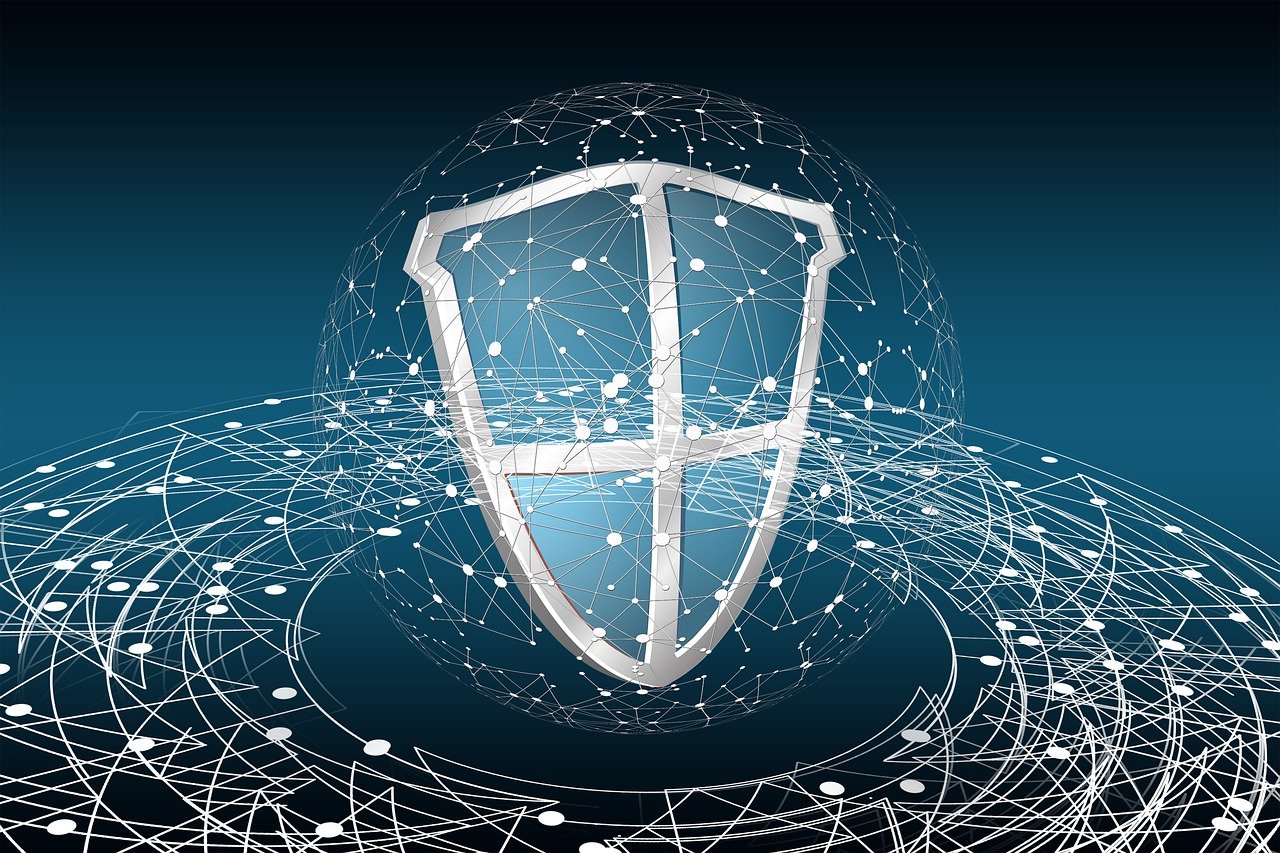
Apr
Comprehensive Guide to WordPress Security
Ensuring the security of your WordPress website is crucial to prevent infections and unauthorized access. Here’s an all-in-one guide on server settings, essential plugins, and best practices to help fortify your WordPress site.
Server Settings for Optimal Security
1. Update PHP Version
- Always use the latest PHP version for improved security and performance.
2. Secure Database
- Change the default
wp_prefix to a unique one and enforce strong credentials.
3. Set Correct File Permissions
- Directories should be
755or750and files644or640.
4. Implement SSL
- Use SSL certificates to encrypt data transfers.
5. Disable Directory Listing
- Add
Options -Indexesto your .htaccess file to prevent users from browsing your directory structure.
6. Adjust Server-Side Security
- Install a network firewall and configure settings to block repeated malicious attempts.
7. Disable PHP Execution
- Prevent PHP execution in sensitive directories like
wp-content/uploadsby modifying .htaccess files.
Recommended WordPress Security Plugins
1. Wordfence Security
- Comprehensive security tool providing firewall, malware scans, and login security features.
2. Sucuri Security
- Includes a firewall and offers security hardening.
3. iThemes Security
- Protects with over 30 different security measures.
4. All In One WP Security & Firewall
- A user-friendly and thorough security plugin for WordPress.
5. Login LockDown
- Restricts login attempts from repeated IP addresses in a short period.
Best Practices to Safeguard WordPress
1. Regular Updates
- Continuously update all components, including WordPress core, themes, and plugins.
2. Employ Strong Passwords and Authentication Measures
- Utilize strong, unique passwords and implement two-factor authentication.
3. Limit Login Attempts
- Use plugins or server settings to restrict failed login attempts.
4. Admin Username
- Avoid using common usernames like “admin” to make brute-force attacks harder.
5. Secure Critical Files
- Protect
wp-config.phpand.htaccessby moving them outside the web root or setting strict permissions (e.g.,600forwp-config.php).
6. Implement a Web Application Firewall (WAF)
- A WAF can monitor and potentially block harmful traffic.
7. Regular Security Audits and Backups
- Conduct security audits and ensure your data is backed up regularly.
8. Harden Your Hosting Setup
- Opt for a VPS or dedicated server, minimize installed packages, disable unused services, and configure server-side firewalls.
9. Content Security Policy (CSP)
- Use CSP headers to control resources the browser is allowed to load, preventing certain types of attacks like Cross-Site Scripting (XSS).
Conclusion
By following these detailed steps, you can significantly enhance the security of your WordPress website. Regular maintenance and vigilance will help you stay ahead of potential security threats and ensure that your site remains safe and reliable for its users.

